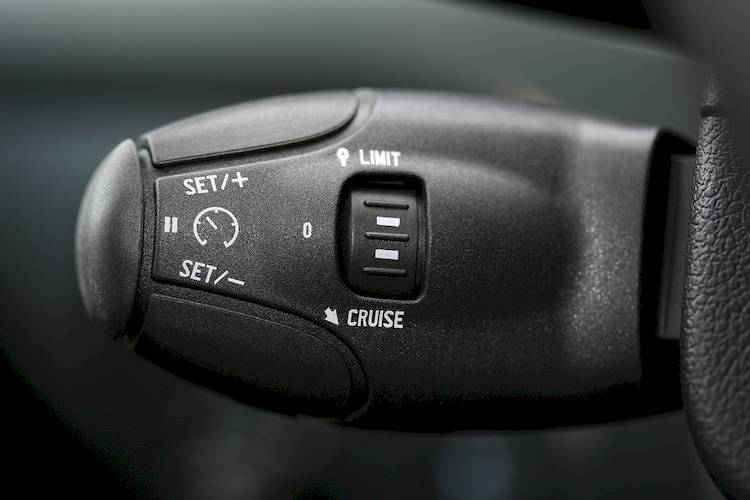

The cruise control vacuum reservoir is a cruise control system component found on many vehicles. Many cruise control systems use an engine vacuum to operate the cruise control that holds the throttle at a steady pressure so that the vehicle can maintain a constant speed or rate of acceleration. In their normal operation, engines generate considerably less vacuum at higher RPMs and while accelerating, which can be an issue for the cruise control system as it relies on the vacuum to operate. It is the job of the cruise control vacuum reservoir to store vacuum pressure for the cruise control system in these instances. As the cruise control vacuum reservoir holds vacuum for the cruise control system so that it may operate properly even when engine vacuum is low, it is very important to the proper operation of the cruise control system, and any issues with it can cause problems for the entire system. Usually a bad or failing cruise control vacuum reservoir will produce a few symptoms that can alert the driver of a potential problem that should be serviced.
1. Speed surges while cruise control is engaged
One of first symptoms most commonly associated with a problematic cruise control vacuum reservoir is the speed surging while the cruise control is engaged. If the cruise control vacuum reservoir fails, the cruise control system will be left without the vacuum it requires to hold the vehicle at a steady speed or rate of acceleration. The cruise control may still try to hold the vehicle at a certain speed, however, it will eventually run low on vacuum which will cause the vehicle to slow. The speed of the vehicle may continuously fluctuate as the cruise control system uses up and then regains vacuum pressure.
2. Cruise control will not maintain speed
Another symptom of a problem with the cruise control reservoir is a cruise control system that simply cannot maintain speed. If the cruise control vacuum reservoir fails, the cruise control system will be left without its necessary vacuum reserve, and as a result, will not be able to hold the vehicle at the set speed or rate of acceleration.
3. Engine performance issues
Another symptom of a potential problem with the cruise control vacuum reservoir are engine performance issues. If the vacuum reservoir breaks or leaks, it may cause a vacuum leak that can affect the performance of the vehicle. Depending on the severity of the leak, the vehicle may experience a decrease in acceleration, power output, and fuel efficiency.
The cruise control vacuum reservoir is a very important component to vehicles that use them as part of their cruise control system. It supplies the cruise control system with the vacuum necessary for it to operate, and without it, the system cannot function. For this reason, if you suspect that your vehicle may be having an issue, have the vehicle inspected by a professional technician, such as one from YourMechanic. They will be able to replace your cruise control vacuum reservoir if necessary.



